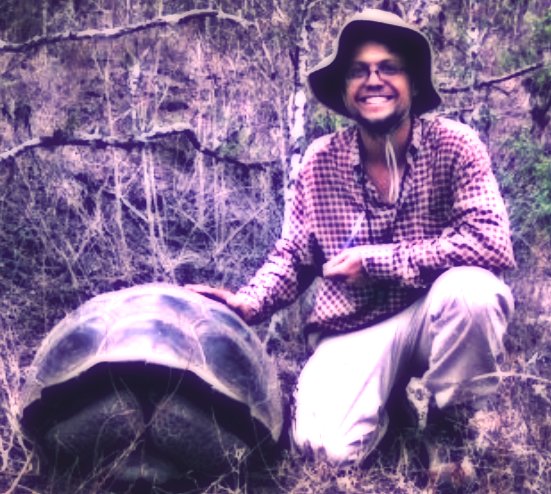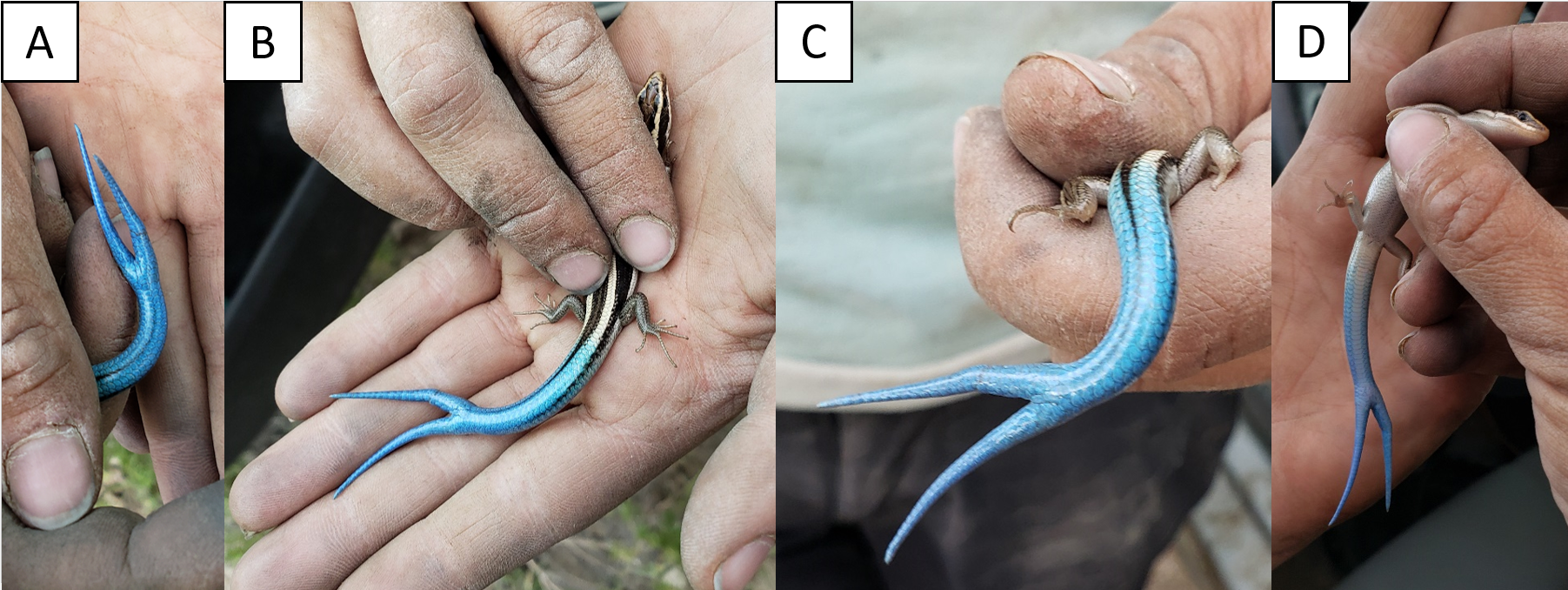
Crown-of-Thorns Starfish (C.O.T.S.; Acanthaster planci) is a native predator of coral. On occasion, C.O.T.S. populations “explode”, and these outbreaks represent one of the major recognized threats to the Great Barrier Reef in Australia (accounting for 42% of coral loss over the past 30 years). The A.P.E. lab is collaborating with researchers at Australian Institute of Marine Science in Queensland (Sam Matthews and Camille Mellin), James Cook University (Morgan Pratchett) and…

Several published studies have already shown that temperature, precipitation and topography can affect the probability of a die-off event. However, a broader synthesis of datasets from across the BTPD range may enable more accurate prediction of when and where die-offs will occur. The APE lab is leading a large collaborative project to create predictive models of BTPD colony die-offs caused by the plague bacterium. We have acquired colony history data from across the BTPD range and are working…

Prairie dogs are keystone species of North America’s central grasslands, and have experienced dramatic population reductions over the past century due to sylvatic plague, a highly virulent disease introduced to North America ca. 1900. The APE lab is involved in building a novel host-resistance modeling framework to investigate the genetic, demographic and environmental conditions that promote or impede resistance to plague and other similar virulent pathogens in complex and dynamic ecosystems.…








